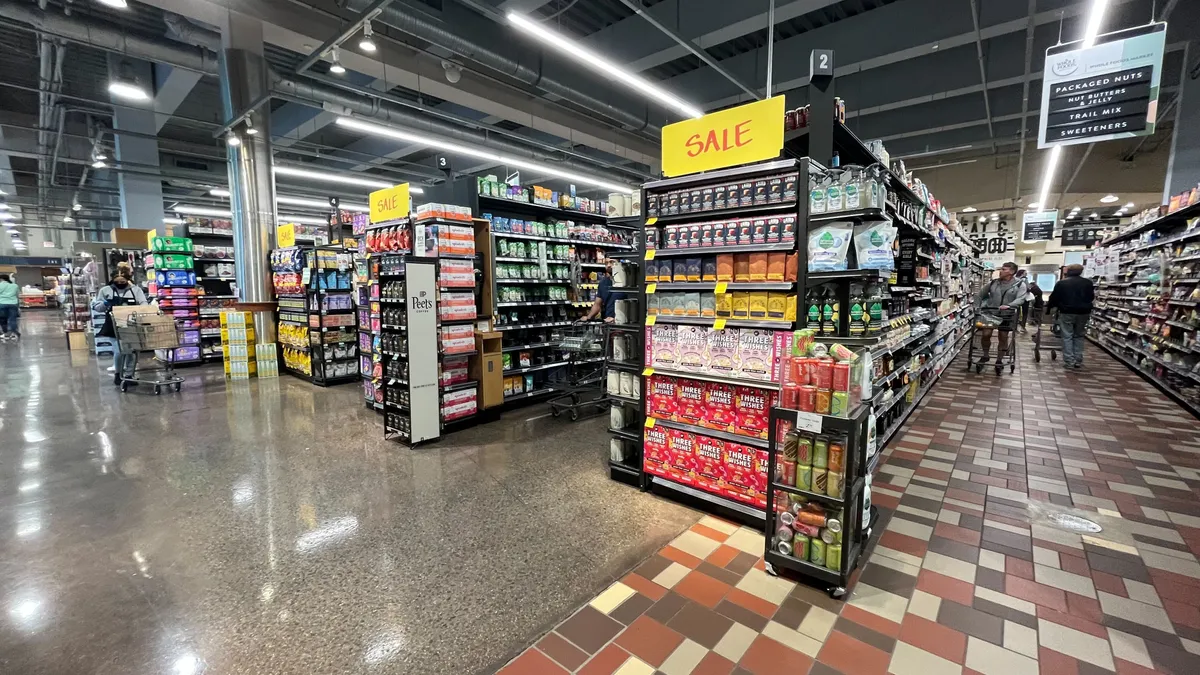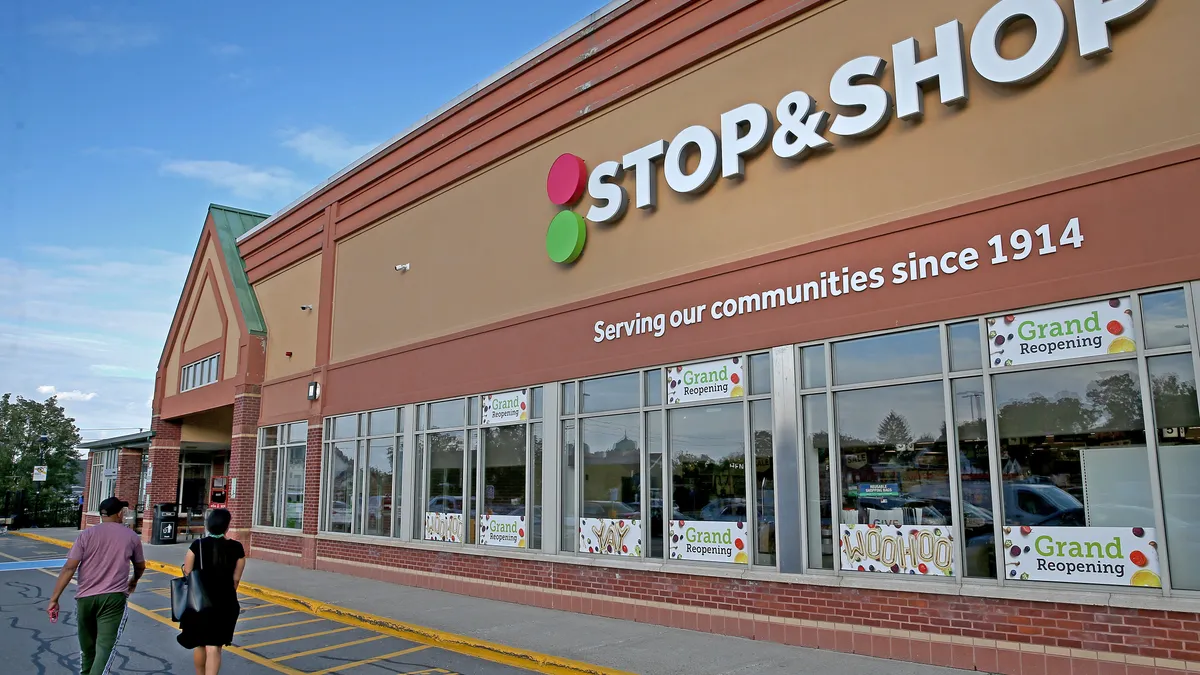Dive Brief:
- President Trump proposed cutting $193 billion from the Supplemental Nutrition Assistance Program over the next decade, according to the Minneapolis Star Tribune. The move could take away food assistance for millions of low-income Americans.
- This reduction comes as part of $1.7 trillion in proposed cuts to a wide range of programs, including Medicaid, farm subsidies, federal pensions and refundable tax credits to low-income individuals.
- Currently, 42 million Americans rely on SNAP benefits.
Dive Insight:
President Trump’s proposed cuts likely won’t pass in their current form, given bipartisan resistance to the measure. But they do signal an intention to dramatically cut federal food assistance to low-income Americans, which would impact retailers — particularly dollar stores, discounters and supercenters.
SNAP benefits have decreased steadily over the past few years, largely due to an improving economy. Between 2013 and 2016, according to the U.S. Department of Agriculture, monthly SNAP benefits to households dropped by more than $20.
Federal food assistance is meant to be responsive to economic times. When the economy is down, SNAP benefits typically go up. The idea is to transition low-income Americans away from federal aid as they become more financially secure. The economy is strong right now, but industry observers worry Trump’s cuts are far too steep. A nearly $200 billion pullback over 10 years would amount to a 30% cut, which according to an analyst at Gordon Haskett Research Advisors, would reduce average monthly household benefits from the current $252 to $173.
A steep cut like this would put tremendous pressure on retailers that serve many low-income consumers. Indeed, despite an improving economy, many retailers have noted that recent reductions to SNAP benefits have hurt their bottom lines. Last year, Dollar General CEO Todd Vasos explained that job and wage increases weren’t offsetting rises in healthcare cost and rents. Save-A-Lot, which operates 1,300 stores and draws significant sales from SNAP consumers, has also felt the pressure from reduced aid.
For dollar stores, further reductions in federal aid could halt several years of stellar growth. Discount grocers like Save-A-Lot that target low-income consumers, meanwhile, may have to spend more on marketing and price reductions, which could further erode their margins in what’s become a brutally competitive industry.










